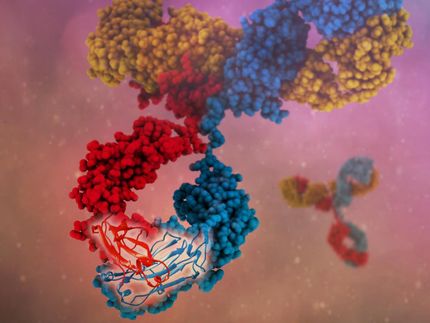Dyax Corp. and Serono Enter Into Library License and Funded Research Agreements for Discovery of Therapeutic Antibodies
Advertisement
Dyax Corp. announced that it has granted a non-exclusive license to its proprietary antibody phage display libraries to Serono for the discovery and development of therapeutic antibodies. In addition, Dyax will perform funded research on certain targets of Serono to identify therapeutic antibodies. Under the terms of the agreement, Dyax receives technology license fees and full-time employee payments from Serono for the funded research, as well as clinical milestone payments and royalties on net sales of any products that may result from Serono's development and commercialization of antibodies from Dyax's libraries. The agreements also provide Serono with sublicenses to relevant third-party antibody phage display patents that may be used with Dyax's technology.
Other news from the department business & finance
Most read news
More news from our other portals
See the theme worlds for related content
Topic world Antibodies
Antibodies are specialized molecules of our immune system that can specifically recognize and neutralize pathogens or foreign substances. Antibody research in biotech and pharma has recognized this natural defense potential and is working intensively to make it therapeutically useful. From monoclonal antibodies used against cancer or autoimmune diseases to antibody-drug conjugates that specifically transport drugs to disease cells - the possibilities are enormous

Topic world Antibodies
Antibodies are specialized molecules of our immune system that can specifically recognize and neutralize pathogens or foreign substances. Antibody research in biotech and pharma has recognized this natural defense potential and is working intensively to make it therapeutically useful. From monoclonal antibodies used against cancer or autoimmune diseases to antibody-drug conjugates that specifically transport drugs to disease cells - the possibilities are enormous





















































